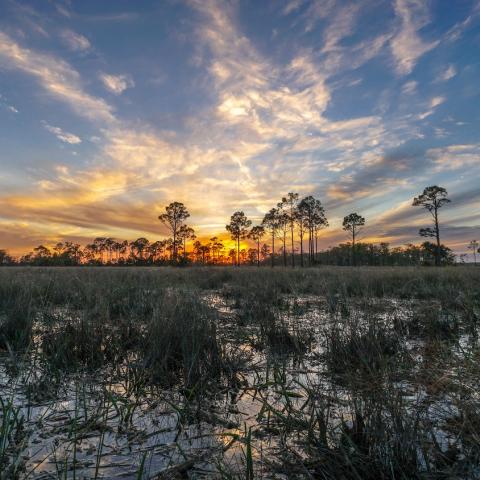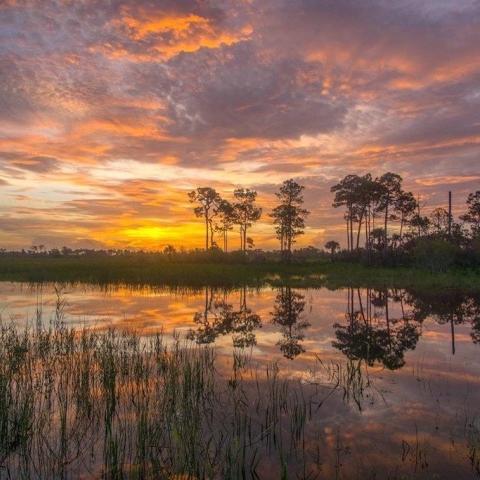
A record number of Florida panthers were killed in 2015/NPS
A record 41 Florida panthers, considered by some to be the most-endangered mammal in the United States, died last year, according to figures released by Public Employees for Environmental Responsibility. The old mark was 31 panthers that were killed in 2014.
In contrast to rising mortality, the Florida Fish & Wildlife Conservation Commission reports only 15 panther kittens born in 2015, yet one-third of those perished this year, as well, PEER reported.
"Ominously, nearly one-fourth (nine) of the panther deaths were females of kitten-bearing age," the group said. "The vast majority of this year’s mortality (29, or 70 percent) resulted from collisions with motor vehicles – also a new record."
The only known population of North American cougar east of the Mississippi, the Florida panther has been listed as an endangered species for more than 40 years. The long-term prognosis for the recovery of the Florida panther is bleak, largely because the available habitat continues to shrink. The loss of habitat is aggravated by increasing penetration by motor vehicles, even into prime panther areas such as the vast Big Cypress National Preserve Addition Lands, which are being opened up to off-road vehicle traffic.
According to PEER, the U.S. Fish & Wildlife Service has resisted legal efforts to force designation of critical habitat for the Florida panther, which has been a critical aspect of recovery plans for hundreds of other species. As a result, panther country will continue to be fragmented.
“The Florida panther is on a path to extinction in the wild,” said Jeff Ruch, PEER's executive director.
The group has unsuccessfully sued to win critical habitat designation for the Florida panther. “Without sufficient protected habitat, there is no viable course for recovery of the Florida panther," said Mr. Ruch in a release. "As a result, this alpha-predator will soon be seen only in zoos and on specialty license plates.”
Panther mortality this year alone could represent as much as one-quarter of the entire population. The FWC declares that there are between 100 and 180 animals in the wild – a wide variation that reflects lack of hard data. This is the also the same estimate FWC has displayed for years, without any updates.
While they once had the broadest distribution of any terrestrial mammal in the Western hemisphere, Florida panthers today are confined to only a small fragment of their former range in southwest Florida. The latest mortality numbers reflect this cramped vestigial habitat – 31 of the 41 deaths occurred in just Collier County. Only two other counties (Lee and Hendry) were the scene of any panther mortality.
“There is no habitat for the Florida panther to roam and establish new territory, and many die trying. They are hemmed in by unending sprawl and encircled by freeways.” Mr. Ruch added, noting that, in addition to deaths, two panthers were removed from the wild and placed in zoos. “The simple math for this small population is that the number of panther deaths is trending upward as the number in the wild dwindle.”



 Support Essential Coverage of Essential Places
Support Essential Coverage of Essential Places






